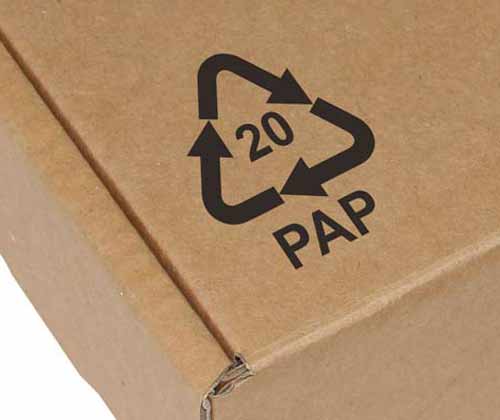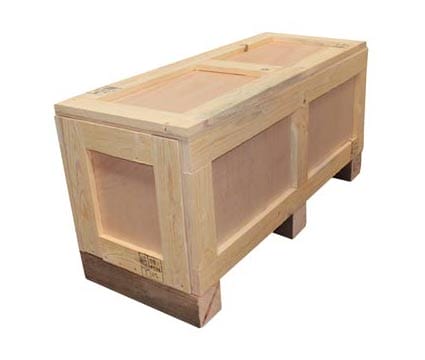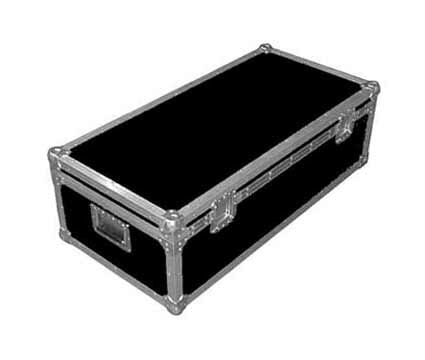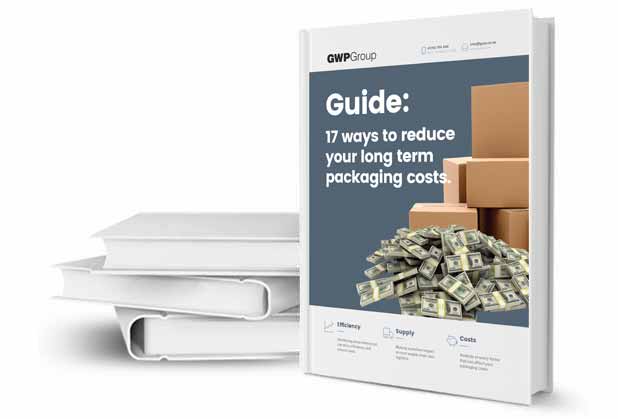Introduction
Why standard packaging isn't seaworthy
If your company ships goods via the sea, standard packaging often isn’t enough to protect your goods efficiently; you may benefit from specialist seaworthy packaging.
But what is seaworthy packaging?
Seaworthy packaging is specialised packaging designed to transport goods by sea. It can withstand the harsh conditions of maritime transport, from the eroding effects of saltwater, humidity, and extreme temperature changes.
Whether exporting industrial machinery or delicate electronics, using the proper seaworthy packaging can mean the difference between a successful delivery and costly damage.
In this guide, we’ll break down what seaworthy packaging is, why it matters, and how to use it correctly.
Contents
What is seaworthy packaging?
A protective solution built for the challenges of the sea
Seaworthy packaging refers to packaging specifically designed to endure the harsh conditions of maritime transport. Unlike traditional packaging solutions, it accounts for the unique challenges likely to arise whilst in transit, like moisture, saltwater corrosion, fluctuation temperatures and rough handling.
Seaworthy packaging uses durable, water-resistant materials and protective techniques to ensure your items arrive in optimal condition.
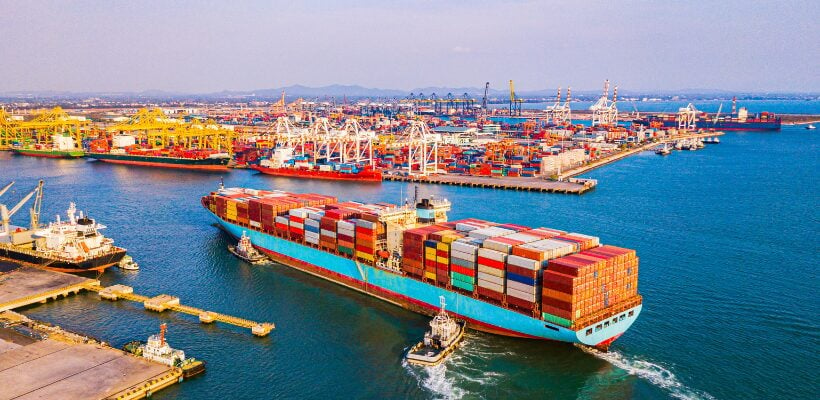
Key features often include:
- Water-resistant barriers
- Anti-corrosion measures
- Reinforced crates or containers
- Internal bracing that prevents movement and shock damage
It’s important to note that seaworthy packaging is not just about protecting the goods throughout their shipping journey; it’s also about ensuring compliance with international shipping standards, minimising risks associated with maritime transport and maintaining customer trust in global supply chains.
Why is seaworthy packaging important?
Preventing damage, delays, and costly mistakes by sea
More than 90% of all goods transported globally are transported via the sea, so ensuring that your packaging is seaworthy is essential to avoiding costly damage, customer rejections, project delays, and even loss of your brand’s reputation.
Shipping goods via the sea exposes them to some of the harshest logistics conditions and without the proper protection, products can suffer from corrosion, water damage, structural weakening, or complete loss.
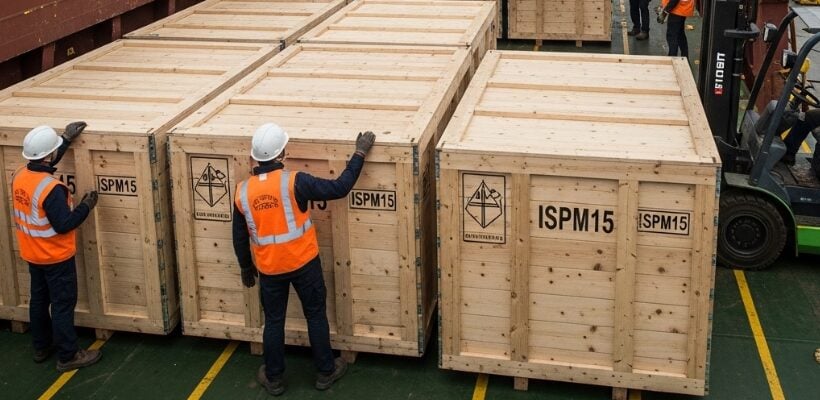
Seaworthy packaging is essential to remaining compliant, beyond simply protecting your goods throughout their journey. You must meet key regulations when shipping internationally, regardless of the mode of transport. For example, ISPM-15 rules apply to the wood used in seaworthy packaging.
The ISPM-15 regulation is used by the UK, US, and EU. Still, different countries may have import requirements, including materials, labelling, and documentation restrictions. So, you must be aware of the regulations for the country you are shipping your goods to and ensure you remain compliant to avoid costly fines and penalties.
The key components of seaworthy packaging
What makes packaging suitable for ocean freight?
Seaworthy packaging is manufactured from several essential components that protect your goods during long sea journeys. Each part protects your goods from moisture, impact, and corrosion.
- Durable outer materials: Treated wood, metal frames, waterproof wraps.
- Moisture and corrosion protection: Waterproof liners, desiccants, and corrosion inhibitors.
- Internal cushioning and bracing: Foam padding and sturdy braces.
- Secure sealing and fastening: Heavy-duty straps and tight seals.
- Clear labelling and documentation: Proper tags and paperwork.
These key components form packaging solutions that can handle the harsh conditions of maritime transport, keeping your goods safe and intact throughout their journey.
The different types of seaworthy packaging
Different packaging formats used for ocean freight
Seaworthy packaging comes in various forms, each suited to different shipping needs. Choosing the right kind of packaging depends on factors like weight, fragility, and the destination of your goods.
Common options include:
- Timber crates and wooden shipping crates
- Waterproof protective cases
- Heavy-duty corrugated and composite packaging
- Aluminium and metal transport cases
Each type of packaging is designed to meet the different challenges that could arise during ocean freight, such as exposure to moisture, rough handling, and temperature changes.
Key best practices in seaworthy packaging
Simple steps to ensure your goods arrive safely
Shipping your goods via the sea can expose them to long journeys, rough handling, and moisture from salt air or condensation. In order to keep your products safe, you must use strong, export-ready materials. Heavy-duty cardboard, timber crates, waterproof plastic, and alumiunium cases are all goods choices. Any wooden packaging should be heat-treated and meet international standards like ISPM-15.
Moisture protection is a critical feature to include in your seaworthy packaging as even sealed containers are susceptible to condensation which can damage sensitive goods. You can prevent this by using water-resistant coatings, plastic liners or desiccant packs.
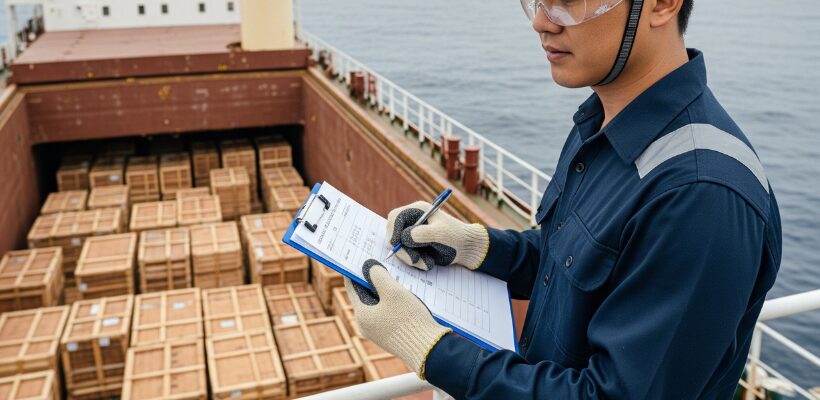
Items inside the packaging should be securely held to prevent movement throughout transit. Foam inserts, padding, or wooden bracing can help keep everything stable. Proper packaging sealing using strong tape, straps, or fasteners is also essential to protect against water and tampering.
Finally, don’t forget to include clear labelling and documentation with your packaging. Use weatherproof labels with handling instructions and destination details. Always include the correct paperwork and ensure your packaging meets all legal and customs requirements. Planning for the whole shipping route, including all transfer points and expected conditions, will help you choose the proper protection for your journey.
Summary
Protecting goods through compliant packaging
Seaworthy packaging is more than just strong packaging; it’s about smart planning and choosing the right materials to protect your goods from the unique challenges of maritime transport.
By understanding the different options for seaworthy packaging and applying the best practices, you can reduce the risk of damage and avoid costly delays, rejections, and insurance claims.
Investing in proper seaworthy packaging is essential for protecting your products, maintaining your reputation and delivering goods safely across the globe.
Get in touch with our experts at GWP to discuss tailored solutions for meet your shipping requirements.
Share this article
Further reading
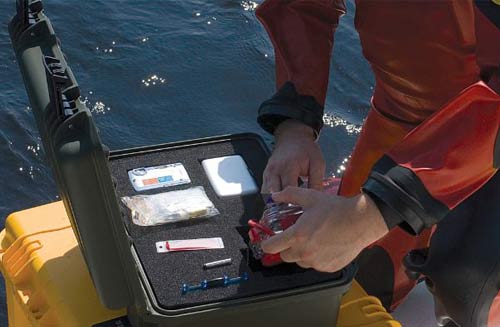

About the author

Stuart boasts over 20 years of top-level experience as a packaging design engineer, in roles at Insit Moulded Packaging (IMP) and Macfarlane.
Products in this guide
Get in touch
Related guides
What is ISPM 15? A comprehensive guide for packaging requirements
Maritime packaging – 7 essential characteristics
Export packing lists – 10 crucial details to include in 2025
Export packing guide – 7 considerations for international shipping
17 reasons to switch to returnable transit packaging
Analysis: Single trip packaging vs returnable packaging
Transit cases – how to decide which is right for you
Shipping cases: 5 options for safe transit of your goods





















